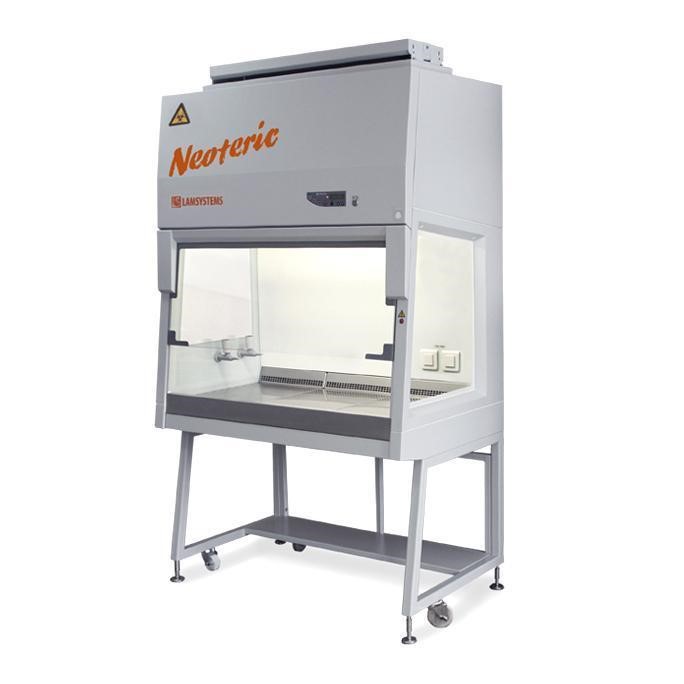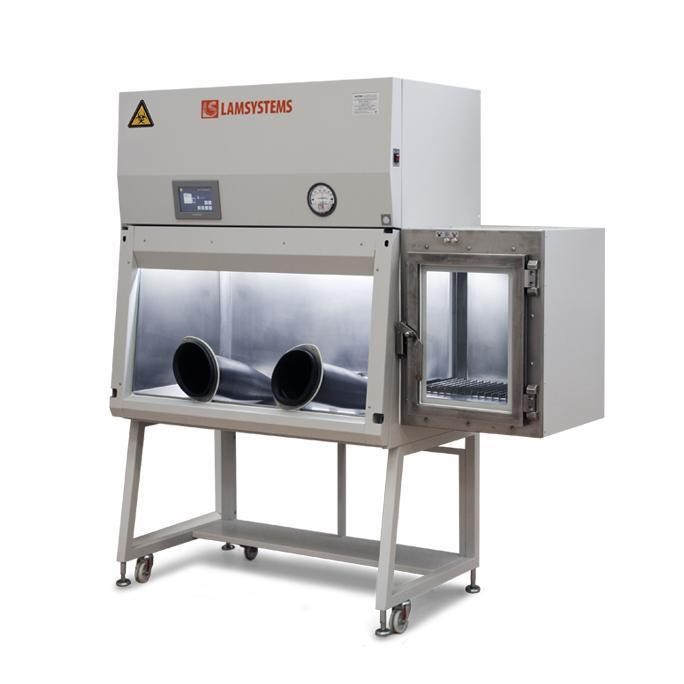A Biological Safety Cabinet (BSC) is an important piece of equipment in modern research facilities. It helps to contain materials in a particle-free environment and allows practitioners to work with them safely. These devices are made to protect research facility employees and the environment from dangerous substances emitted by samples while maintaining their integrity.
These devices come equipped with various components:
- HEPA filters;
- UV lamps;
- Airflow systems.
Facilities worldwide, including those in research, pharmaceutical, and academic sectors, rely on them for their critical operations. With advancements in technology, additional modules like adjustable stands and service taps can be integrated into Biological Safety Cabinets for enhanced functionality.
Installation of these cabinets requires careful planning and adherence to safety standards to ensure optimal performance.
According to analytical agency Mordor Intelligence, the market for these hoods has seen significant growth, with a projected CAGR of 7.4% from 2023 to 2028, indicating a robust demand in both established and emerging research sectors. It is clear that no modern laboratory aiming to maintain high standards of safety and quality can overlook the importance of these devices.
Understanding the Different Classes of Biosafety Cabinets: A Comprehensive Guide
Biological Safety Cabinets Classes: Class II

Class II biosafety cabinets were first commercially available in the 50s. They gained popularity as essential equipment in laboratories handling infectious agents. This step-by-step guide to using them will be useful for lab personnel working with them for the first time:
- Turn on the biosafety cabinet.
- Verify the airflow.
- Place materials inside the inner chamber.
- Follow the shutdown procedures.
Besides Class II, there are also Class I and III cabinets, each offering different levels of protection. Class II have various exhaust systems, like the total exhaust system in Type B2, which is ideal for handling chemical fumes. These cabinets play an important role in environmental safety by filtering hazardous airborne particles, thus protecting both personnel and the wider ecosystem.
Biological Safety Cabinet Classes: Class II Type B2

This equipment is distinct based on how it removes contaminated air from the facility. Unlike other devices, it does not recirculate air but exhausts it entirely through the filtration system. Here is how to use them:
- Verify if the external blower is operational.
- Check the inflow and downflow velocities.
- Work within the sterile field.
- After use, decontaminate surfaces and shut down the system properly.
Inside a B2 biosafety cabinet, you can install service fixtures like gas taps or vacuum ports. To connect additional modules, users must first ensure compatibility with the BSC’s airflow and exhaust systems.
In the pharmacological industry, B2 devices are vital for handling volatile chemicals and pathogenic samples, providing a safe handling space essential for drug development and quality control.
Biological Safety Cabinets Classes: Class III

These hoods are utilized by many researchers due to the high levels of protection they offer. They are typically made of welded metal and are gas-tight, ensuring no lab employees can make direct contact with dangerous materials.
The average dimensions of a Class III biosafety cabinet can range from 4 ft to 6 ft. A glove box is an integral part of these devices, allowing the manipulation of materials through arm-length gloves while maintaining containment.
The filtration systems in these cabinets incorporate high-efficiency particulate air (HEPA) filters to trap harmful particles, and some specialized units also employ additional advanced air purification technologies. The purified air is then safely exhausted to the outside through a dedicated ductwork system, ensuring that no contamination of the internal laboratory environment is possible.

